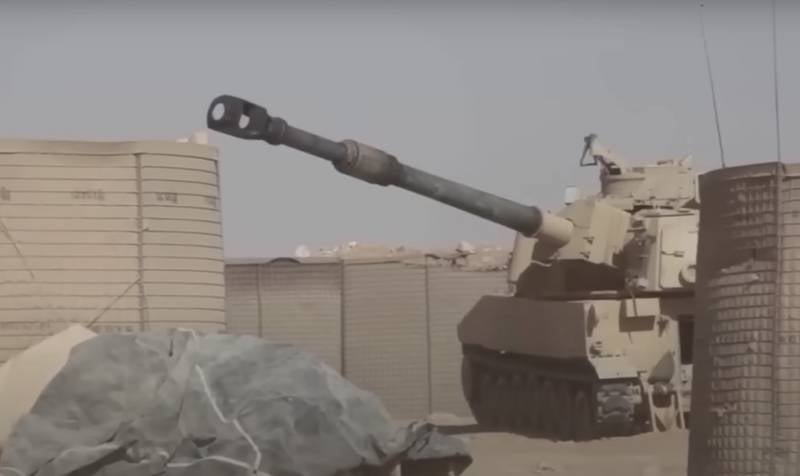M712 Copperhead: the economic feasibility of using the first guided artillery projectile

Today, guided missiles no longer seem such a curiosity. Most of us have heard of the Russian Krasnopol ammunition or the American M982 Excalibur.
At the same time, the development of such weapons in the late 70s of the last century became a real breakthrough. Moreover, the advantages of such shells were not only in their characteristics, but also in the economic component.
Recall that the principle of operation of such ammunition was that in the middle section of the flight path the projectile was corrected by an inertial system, and on approaching the target, a semi-active laser homing head was turned on.
In the USSR, the first corrected or guided artillery projectile, the same 152-mm Krasnopol, was put into service in 1986. At the same time, American engineers were ahead of the Soviet ones by 4 years, and in 1982 the Pentagon received the 155-mm M-712 Copperhead projectile.
Tellingly, the latter was significantly inferior to simple artillery ammunition in range, but surpassed them in accuracy and, as a result, efficiency. This was the fundamental point in the decision to mass-produce such ammunition.
So, the cost of a unit of the M-712 Copperhead cost a little more than $ 24. For defeat 000 tanks on average, 6 shells or 29,3 thousand dollars were required.
At the same time, to complete a similar task, an average of 84 conventional 155-mm projectiles were required for a total cost of $ 54.
The situation is similar with moving targets. So, to destroy four tanks on the move, 15 M-712 Copperheads were required. That is, 3,3 shells per tank, or 91,5 thousand dollars.
Conventional 155-mm shells for the destruction of one moving tank required 378 pieces, which at that time cost almost 244 thousand dollars. This despite the fact that at that time the Soviet T-72 cost 240 thousand.
Information